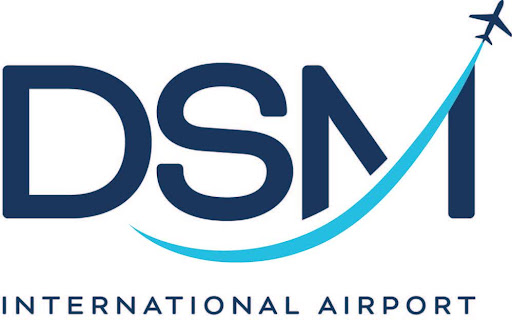A Year in Review: Transportation


It has been a year of transition for the Des Moines Area Regional Transit Authority (DART). Work continued on the new DART Central Station transit hub. General Manager Brad Miller took a job in Florida and was replaced by internal candidate Elizabeth Presutti. Perhaps most significant, DART completed its DART Forward 2035 long-term plan, which calls for expanded and more frequent service, aimed at making DART a more regional transit service. Officials say it will be a monumental step for public transportation in Greater Des Moines. “We have not made changes to routes ever in the history (of the bus system),” said DART Commissioner Christine Hensley. “I feel that this will really put public transit at a much higher level than we know it today.”

Some road projects took a step forward this year. In January, Polk County officials held a public meeting to unveil the preferred route of a northeast beltway that would essentially be a continuation of U.S. Highway 65 north of Interstate 80, curving west to meet up with U.S. Highway 69. That project would begin in 2015 at the earliest, officials said. Construction began on a new Interstate 35 interchange at Northeast 36th Street in Ankeny that could be complete by the end of 2012. Ankeny officials believe it will ease congestion near the First Street entrance ramp and also open an area for commercial development. In October, the Iowa Department of Transportation awarded up to $5.3 million for the extension of Alice’s Road between University Avenue and Ashworth Road in Waukee, and officials are also seeking justification to construct an interchange on Interstate 80 linking the road to 105th Street in West Des Moines. And just last month, the Des Moines City Council voted to pay nearly $3 million toward designing an extension of Martin Luther King Jr. Parkway through southeast Des Moines to Highway 65.

The Des Moines Area Metropolitan Planning Organization (MPO) in September launched development of The Tomorrow Plan, a 20-month planning process that is designed to set a framework for future development in the region. Though the MPO typically deals with transportation needs in the area, The Tomorrow Plan could also look at things such as how the region could better prevent flooding and whether poorly performing school systems can be revamped. Transportation issues will also be a part of it, though, as the plan will focus on how best to encourage sustainable growth in the region. Bethany Wilcoxon, associate transportation planner for the MPO, said the public will largely decide what the issues are through its input. Also at the MPO, Todd Ashby took over as the organization’s executive director in January, following the retirement of Tom Kane.

Polk County Supervisor Angela Connolly said she was “shocked” to hear that airfares at Des Moines International Airport in 2010 were higher than those at The Eastern Iowa Airport in Cedar Rapids. Numbers compiled by the Bureau of Transportation Statistics and analyzed by the Business Record showed that Des Moines’ average ticket price ranking among the top 150 airports by volume has fallen steadily since 2003. For his part, Don Smithey, aviation director at the airport, is hoping that Southwest Airlines Co. will choose to add Des Moines as a destination, which could prompt what is called the “Southwest effect.” Typically when Southwest, a low-cost carrier, comes to an airport, overall airport prices go down. Southwest officials made multiple trips to Des Moines to analyze the market, Smithey said.

A developing story in 2010, a passenger rail line through Des Moines appears to be no closer to completion than it was a year ago. The Federal Railroad Administration (FRA) awarded a $230 million grant last October to the Iowa and Illinois departments of transportation to initiate a line from Chicago to Iowa City, which likely would run eventually to Des Moines and Omaha. The state of Iowa, however, this year declined to provide the $20 million in matching funds necessary to go forward with the project, though it can still provide the match in the future. The Iowa Department of Transportation recommended splitting the money so Illinois can go forward with its portion of the project. The FRA granted the request and gave Illinois $177 million of the grant to begin developing the line from Chicago to the Quad Cities.










